GPCR/G protein

All GPCRs share a common seven trans-membrane structure. GPCRs are associated with heterotrimeric G-proteins which are GTP-binding proteins made of alpha, beta, and gamma subunits. When a ligand binds to GPCR, it activates the attached G-protein, the GDP is replaced with GTP. The activated G-protein then dissociates into an alpha and a beta-gamma complex which activates downstream signaling pathways. These intracellular signaling pathways include cAMP/PKA, calcium/NFAT, phospholipase C, protein tyrosine kinases, MAP kinases, PI-3-kinase, nitric oxide/cGMP, Rho, and JAK/STAT.
GPCRs are one of the most important therapeutic targets for various diseases, over 30% of all modern medicinal drugs target this family. Aberrant GPCR functions are involved in pathological conditions such as neurological, immunological and hormonal disorders. A large number of GPCRs have been identified, but whose ligands are not known, are classified as orphan receptors.
-
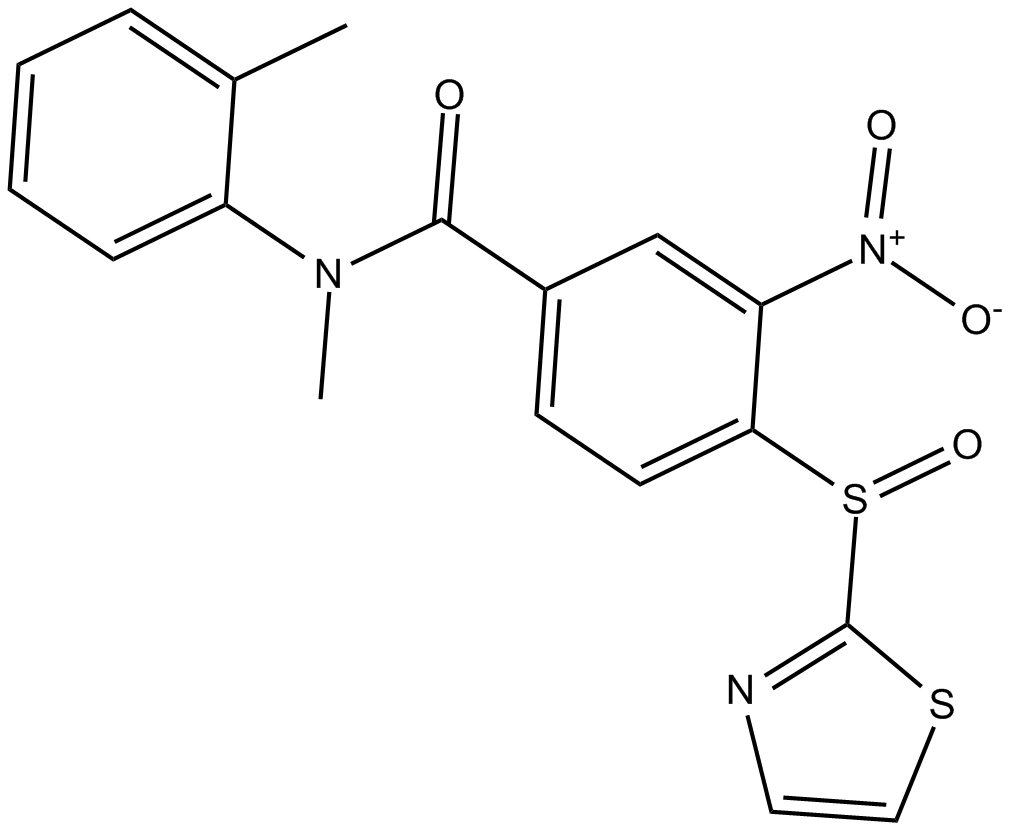 B7645 SB 268262Summary: CGRP1 antagonist
B7645 SB 268262Summary: CGRP1 antagonist -
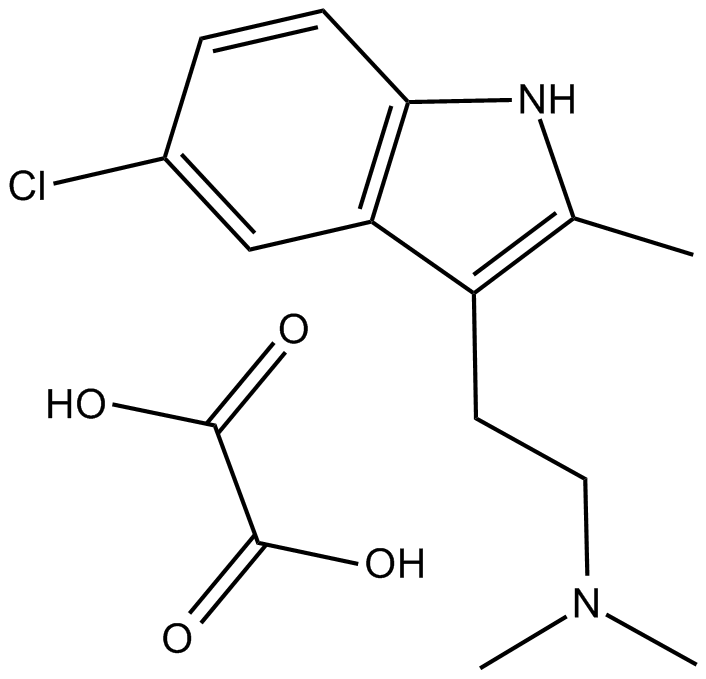 B7650 ST 1936 oxalateSummary: 5-HT6 receptor agonist
B7650 ST 1936 oxalateSummary: 5-HT6 receptor agonist -
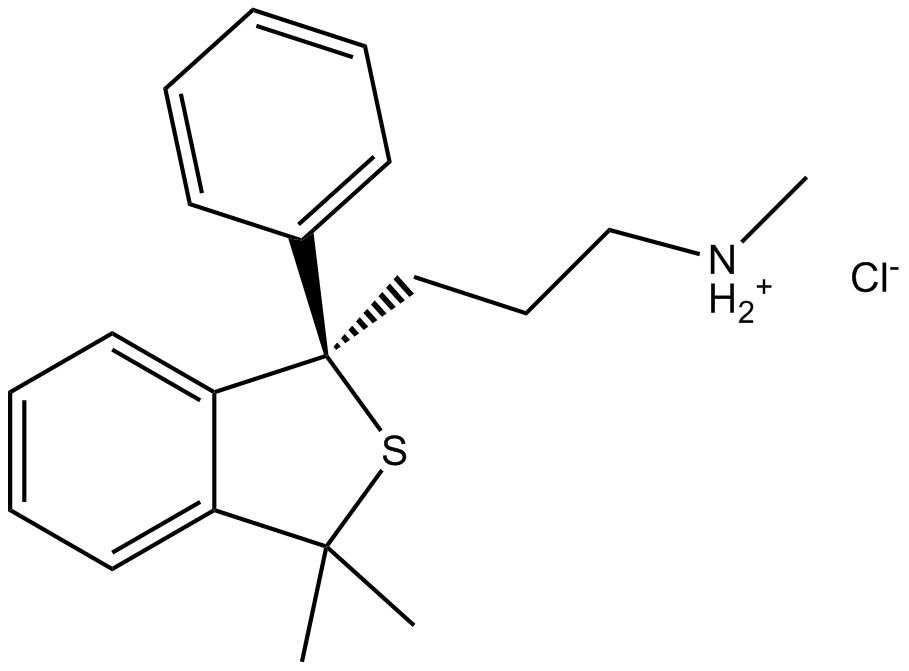 B7656 Talsupram hydrochlorideSummary: noradrenalin re-uptake inhibitor
B7656 Talsupram hydrochlorideSummary: noradrenalin re-uptake inhibitor -
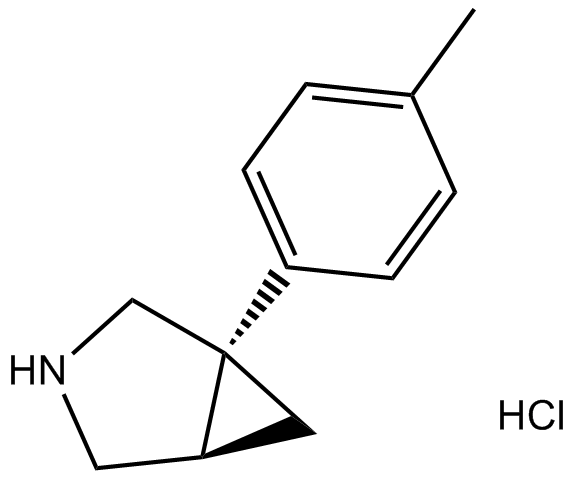 B7657 Bicifadine hydrochlorideSummary: noradrenalin transporter antagonist
B7657 Bicifadine hydrochlorideSummary: noradrenalin transporter antagonist -
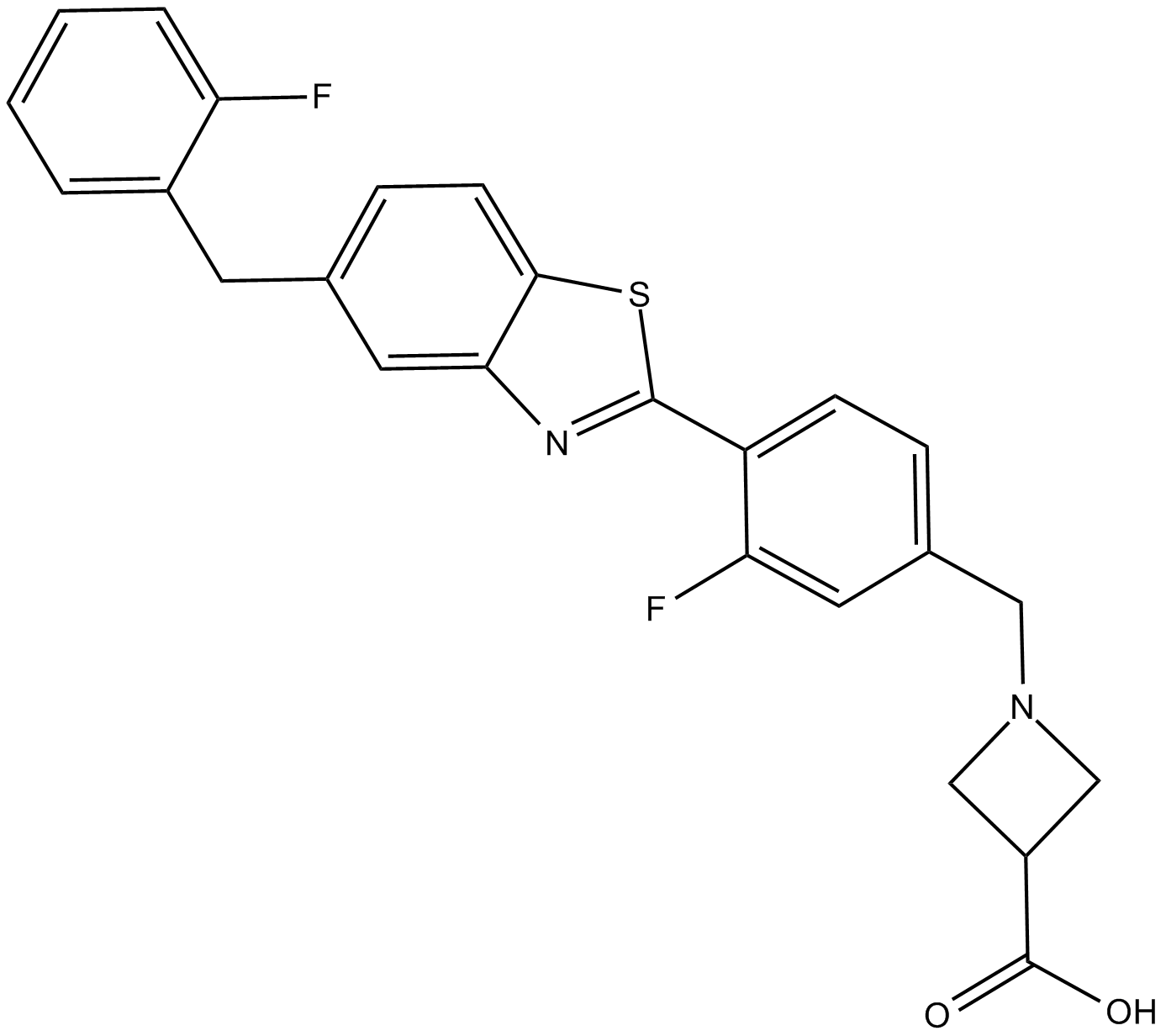 B7658 TC-SP 14Summary: agonist of Sphingosine-1-Phosphate Receptor 1 (S1P1)
B7658 TC-SP 14Summary: agonist of Sphingosine-1-Phosphate Receptor 1 (S1P1) -
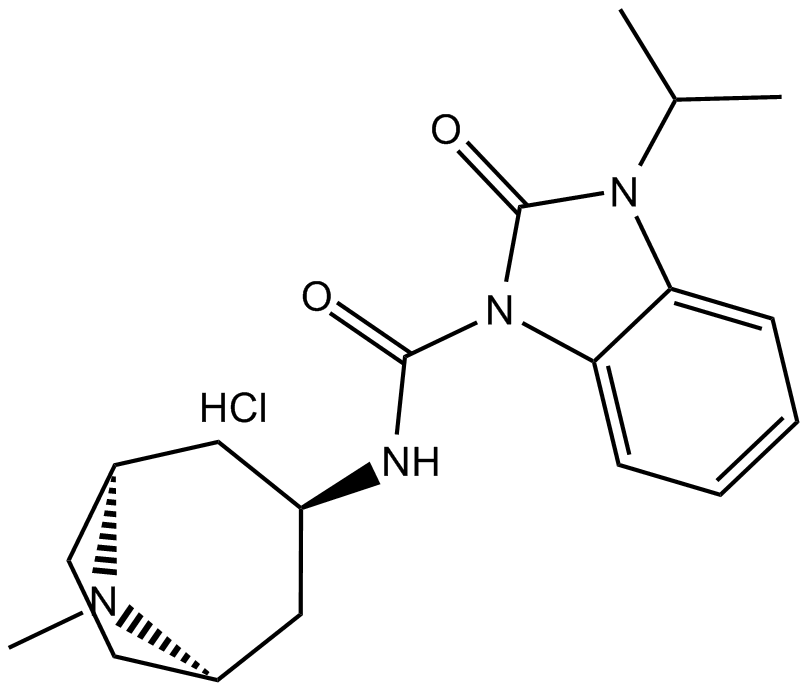 B7660 BIMU 8Summary: 5-HT4 agonist
B7660 BIMU 8Summary: 5-HT4 agonist -
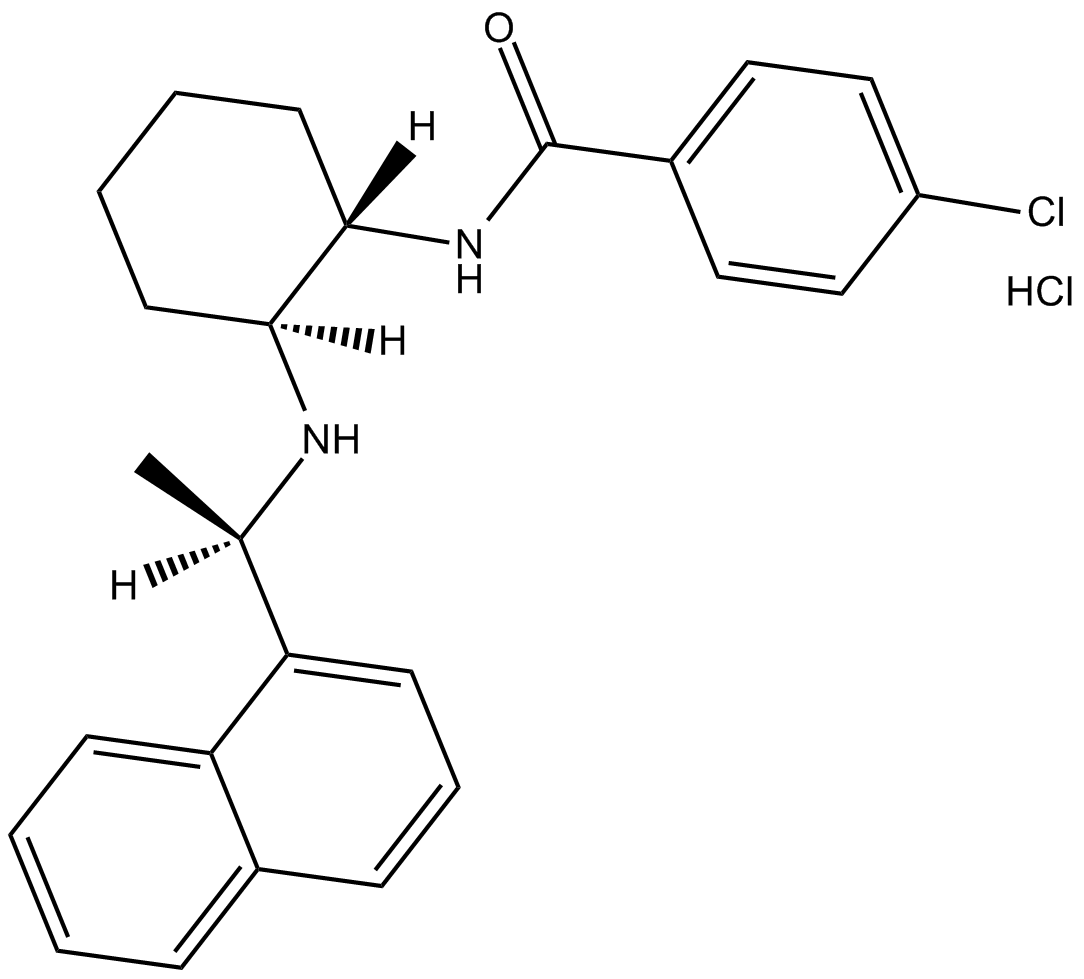 B7663 Calhex 231 hydrochloride1 CitationSummary: negative allosteric modulator of Ca2+-sensing receptor (CaSR)
B7663 Calhex 231 hydrochloride1 CitationSummary: negative allosteric modulator of Ca2+-sensing receptor (CaSR) -
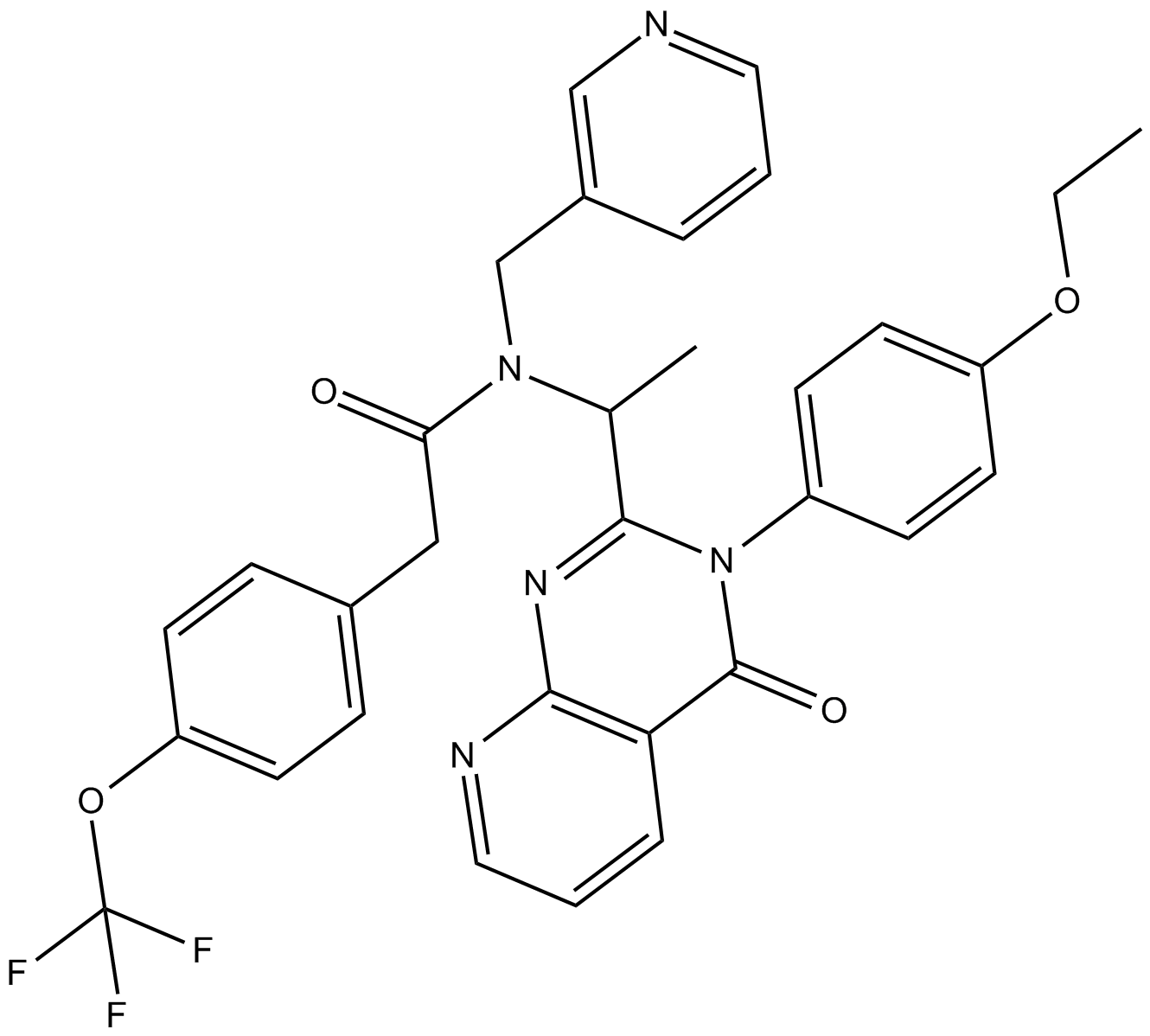 B7671 (±)-AMG 487Summary: CXCR3 antagonist
B7671 (±)-AMG 487Summary: CXCR3 antagonist -
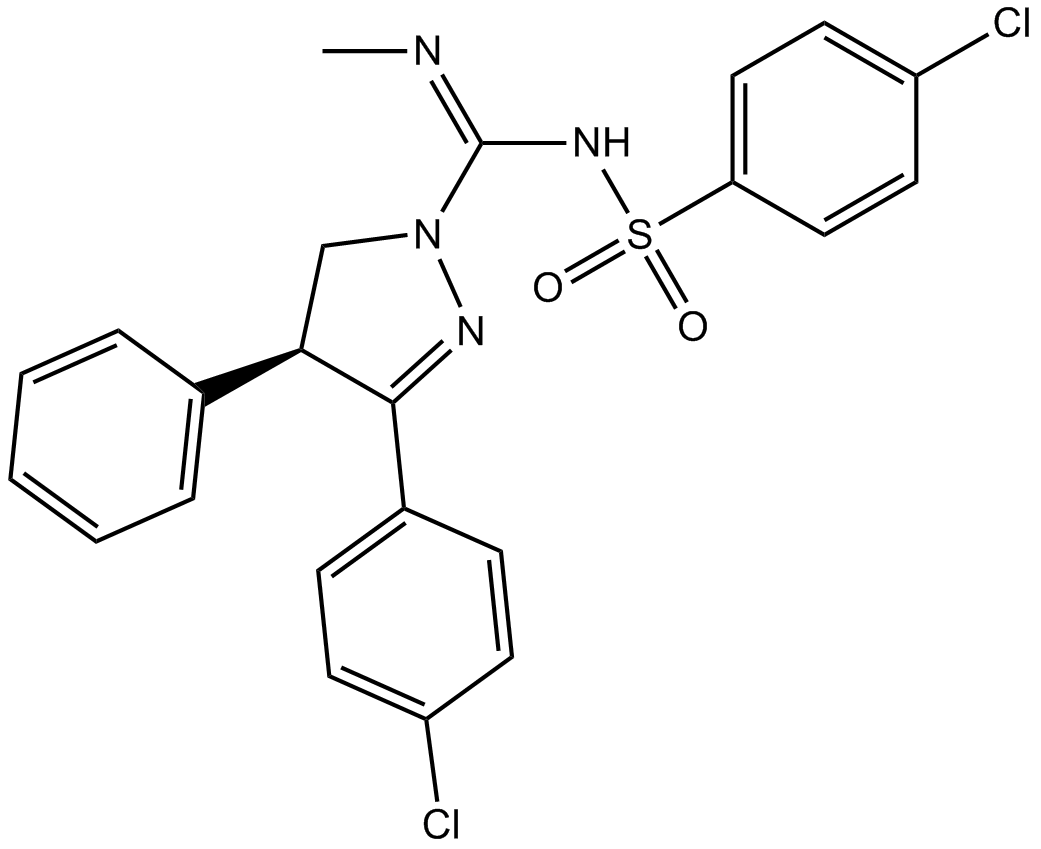 B7689 (±)-SLV 319Summary: CB1 receptor antagonist,potent and selective
B7689 (±)-SLV 319Summary: CB1 receptor antagonist,potent and selective -
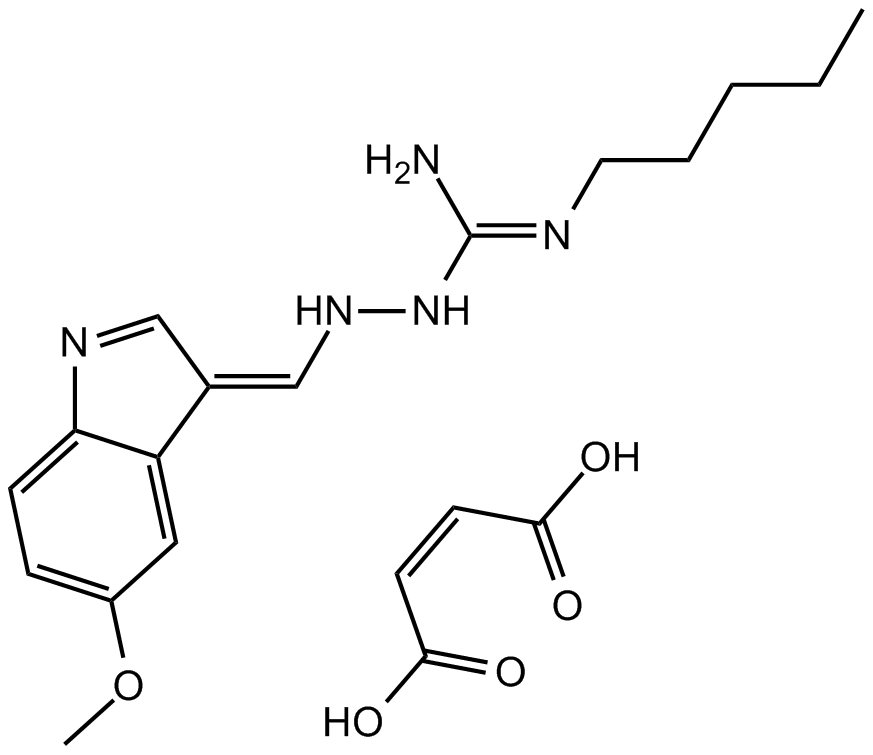 B7690 Tegaserod maleateSummary: Partial agonist of 5-HT4
B7690 Tegaserod maleateSummary: Partial agonist of 5-HT4

